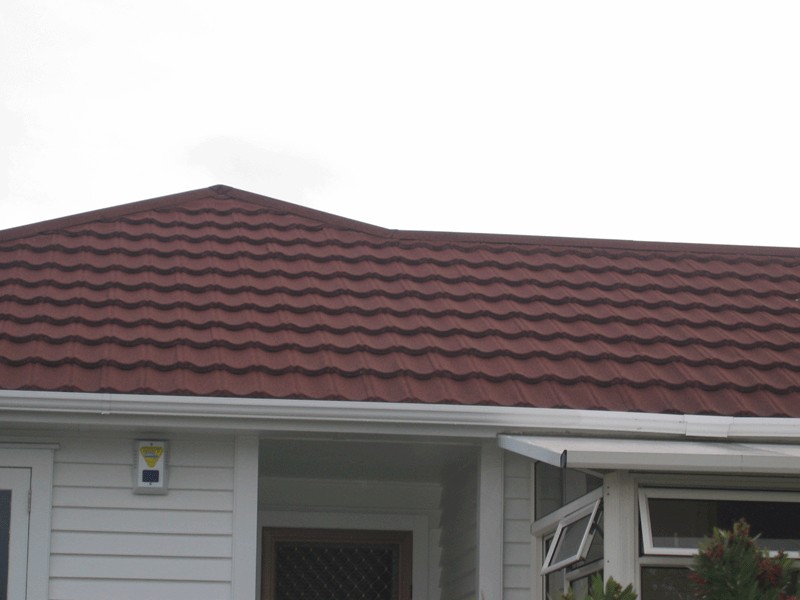Green Materials in Modern Construction Trends
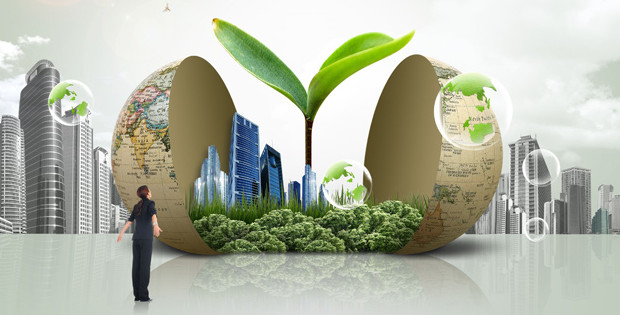
Using environmentally friendly materials (also known as green materials) is becoming an indispensable trend and a target of the construction material manufacturing industry. In order to achieve this goal, construction materials products must meet two basic requirements:
- Consuming less energy for creating it and
- Saving power consumption when put into use.
Using green materials contributes to minimising adverse environmental impacts via multiple ways. One of the innovative ideas is to design and develop construction materials or building materials with the primary goal of developing a new production method and use of green materials to replace conventional clay bricks with the rate of 20% - 40%.
Green construction materials are getting more and more popular as the world has changed their perspective in preserving our green planet. Some of the most popular products are Insulation Foam (XPS), Ecological Roofing Sheet, Green Wall Panel, Green Cement, Recycled Brick and many more which has wide application across the construction or building industry.
Insulation foam (XPS)
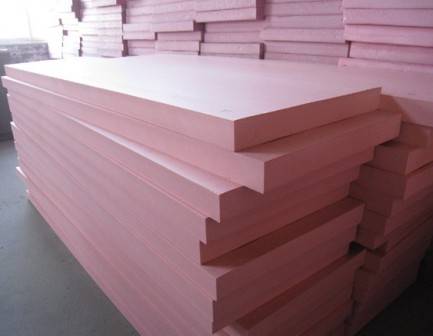
Insulation foam (XPS) is made of PS plastic through a special process in which the hardened, expanded sheet is pressed. The structure is sealed and foamed so there are many advantages:
- perfect insulation,
- high compression resistance,
- waterproof,
- moisture-proof,
- corrosion-resistant,
- durable,
- low thermal conductivity,
- light weight,
- easy to transport
This type of construction materials play a huge role in environmental protection and energy saving.
As an insulating foam sheet, XPS insulation foam has high insulation properties (thermal conductivity is 0.0289w/m.k). XPS insulation foam is strong and durable due to the stability of its chemical and physical structure. Its thermal insulation capacity is still over 80% compared to the initial stage even after 50 years being applied and used.
Compared with EP insulation foam, XPS foam insulation has many advantages. During the punching process, the foam sheet has a continuous uniform surface and indented cells. It is the molecular structure of PS plastic that is completely punched without water, its ability to absorb is only 1% of the volume, not equal to 1/10 of other insulation materials, such as PS expandable plastic. and PU.
XPS insulation foam handles very good moisture resistance due to its sealed structure and foam.
With a stable chemical structure, no toxic substances will be evaporated, decomposed or mouldy, excellent corrosion resistance. XPS insulation foam is manufactured using environmental materials, without harmful gases, including the philosophy of environmental protection products and reusable excess sheets. Besides, XPS foam insulation has special soundproof properties, it can reduce the sound from the outside when used as a partition in restaurants, entertainment rooms and has great advantages for the construction site.
Ecological Roofing Sheet
Roofing made from organic cellulose fiber, asphalt waterproofing agent and acrylic by laminated method. The surface of the roofing sheet is covered with acrylic layer to create toughness. These products can withstand harsh weather, anti-rust in salt environment which is very suitable for marine areas or areas nearby the beaches.
The roofing sheet weighs only 2.73 kg/m2, the characteristic is light with its own roofing. Ecological roofing is able to withstand storms or tornadoes up to 192 km/h, anti-noise, anti-heat, and anti-conductive. Due to its light weight characteristic, it is very suitable for roof repair such as roofing on old roofs that are facing leakages, or roofing on prefabricated roofs on the terrace to prevent the heat from sunlight and serve as waterproof agent.
Green Wall Panel
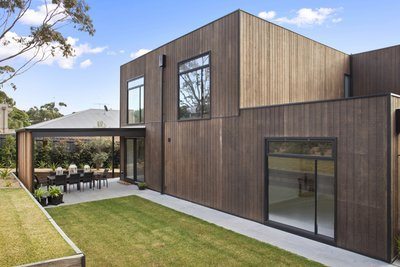
Some materials, such as Australian Weathertex wood, are produced by steam pressure technology, wood is pressed from crushed wood chips from articulated branches and branches. The composition of wood chips accounts for up to 97%, whereas the balance 3% is the adhesives. This type of wood is produced to make walls, has advantages over natural wood such as no warping/coating required due to its ability to withstand outdoor weather environment, prevent termite, fireproof, and has high durability.
This environmental protection product does not use natural forest wood. Instead, it is made of trees from planted forests, which is 100% recycled. Currently in the market, there are two types of indoor and outdoor wood boards with many wood grain and different colours. In addition, the binder is not made of chemicals nor toxic. This material is of standard size and light in weight, so the construction process can be made easier and faster. It is also suitable to be carried with floor lift making it very convenient for the construction and renovation process.
Green Cement
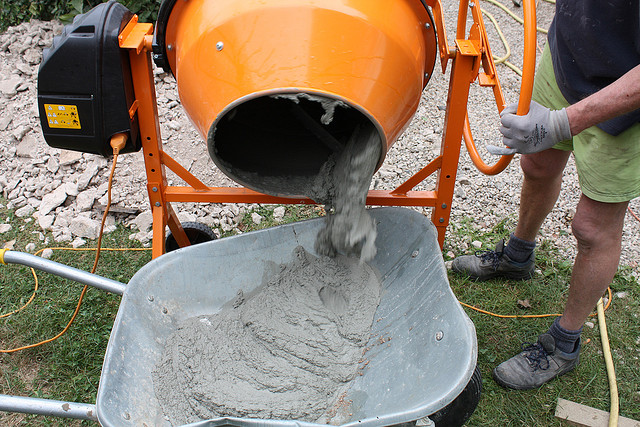
Green cement is a cementitious material that meets or exceeds the functional performance capabilities of ordinary Portland cement by incorporating and optimizing recycled materials, thereby reducing consumption of natural raw materials, water, and energy, resulting in a more sustainable construction material.It is an environmentally friendly construction material, developed at Louisiana Technology University's Trenchless Technology Center (TTC) - USA, on display at the Central Transport Exhibition in China. Detroit Science Center.
It is developed by Dr. Erez Allouche, Director of TTC and his research group. Green Cement is a new generation of cement materials using "fly ash" - one of the most surplus industrial by-products., as a substitute for Portland cement, the most popular synthetic material in the world.
Products of Recycled Bricks
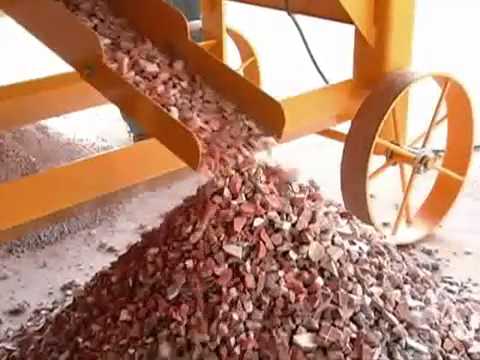
Produced from broken bricks and waste materials produced in production. The product is specially treated to produce products using "debris" from 50 - 100%. Some of the examples are:-
- to make aggregate for use as general fill or highway sub-base
- in landscaping
- to produce new bricks and blocks
- to make sports surfaces such as tennis courts and athletics track
- as plant substrate
The most common sources of brick and block waste include items that are damaged during unloading, storage and cutting, and excess due to over ordering.
However, there are some limitations on using recycled bricks and blocks, including:
- bricks can be contaminated by other construction waste, such as plasterboard
- new aircrete blocks are cheap to buy
- cleaning bricks is time consuming and not always possible
- it is hard to assess the load-bearing capacity of recycled bricks
Reclaimed bricks are worth more than bricks which are recycled as aggregate. It is easier to source reclaimed bricks left over from new build projects, but more difficult with demolition projects.



